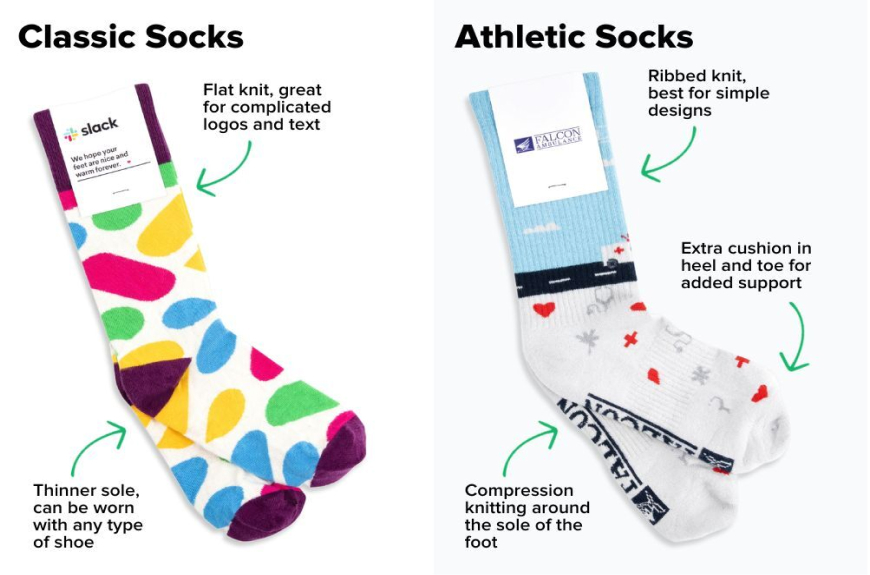Spider veins can be both uncomfortable and unsightly, affecting millions of people worldwide. As we explore treatment options, compression socks have emerged as a popular solution for managing these small, visible blood vessels. Let's dive deep into understanding how compression socks work and their effectiveness in treating spider veins.
Understanding Spider Veins
Spider veins are small, damaged veins that appear close to the skin's surface. They often look like spider webs or tree branches and can be red, purple, or blue. While they're commonly found on legs, they can appear anywhere on the body. These veins develop when small blood vessels become weakened, causing blood to pool and create visible patterns beneath the skin.
How Compression Socks Work
Compression socks work by applying graduated pressure to your legs, with the strongest compression at the ankle that gradually decreases up the leg. This specialized pressure helps improve blood circulation and prevents blood from pooling in your veins, which is often the root cause of spider veins.
The Benefits of Compression Therapy
When worn regularly, compression socks can significantly reduce the appearance of spider veins and prevent new ones from forming. They're particularly effective when used early, as they can help maintain proper blood flow and vein health. Beyond aesthetics, compression socks also help alleviate common symptoms like leg fatigue, swelling, and discomfort.
Choosing the Right Compression Level
The effectiveness of compression socks largely depends on selecting the appropriate compression level. Medical professionals typically recommend different compression levels based on individual needs, ranging from mild (8-15 mmHg) to extra firm (30-40 mmHg). For spider veins, moderate compression (15-20 mmHg) is often sufficient for most people.
When to Wear Compression Socks
For optimal results, it's recommended to wear compression socks during the day when you're most active. They're particularly beneficial during long periods of standing or sitting, during exercise, and while traveling. However, they should be removed before sleeping unless specifically prescribed by a healthcare provider.
Maintenance and Care
To maintain the effectiveness of compression socks, proper care is essential. Hand washing in cool water with mild soap and air drying will help preserve the elastic properties. It's also important to replace them every 3-6 months, as the compression gradually decreases with regular wear.
Wrapping Up
While compression socks aren't a cure-all for spider veins, they're an effective tool for both prevention and management. When used consistently and properly, they can help improve circulation, reduce discomfort, and minimize the appearance of spider veins. Remember to consult with a healthcare provider to determine the right compression level for your specific needs and to discuss whether compression therapy is appropriate for your situation.


